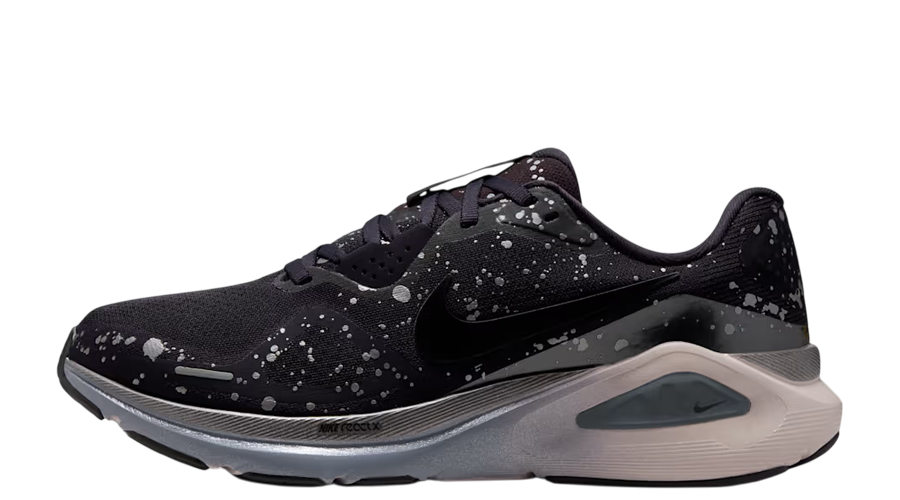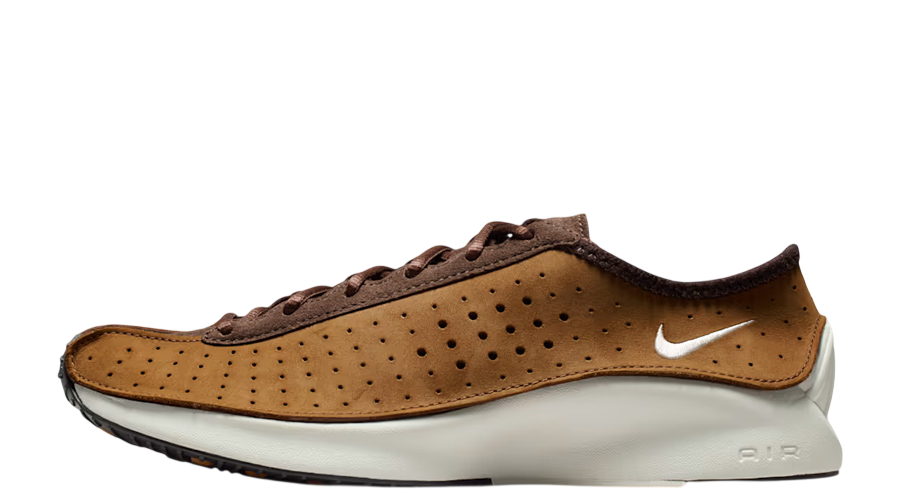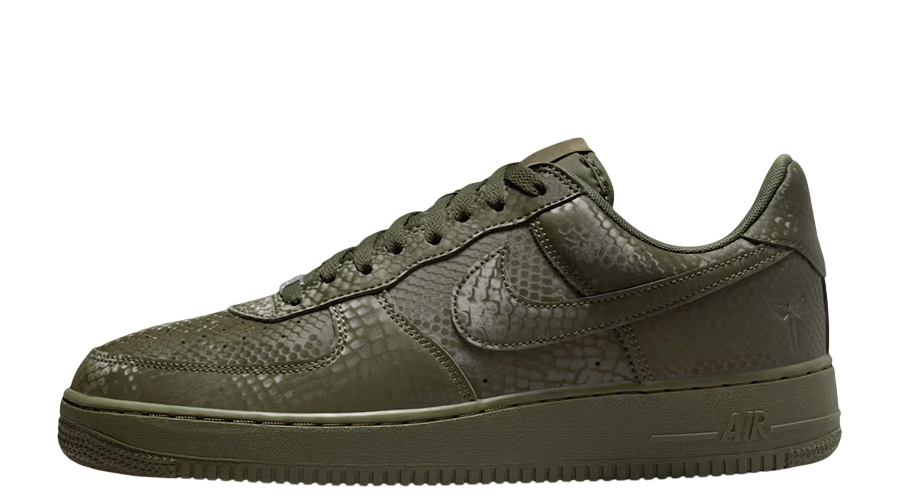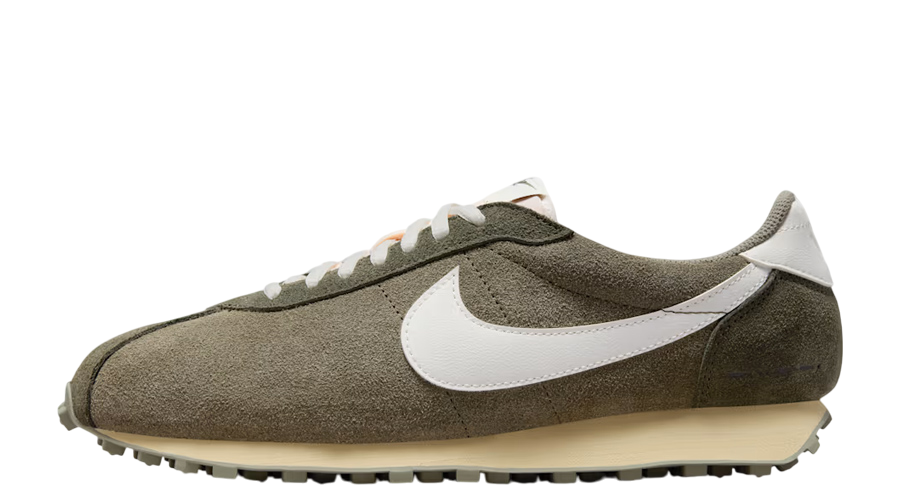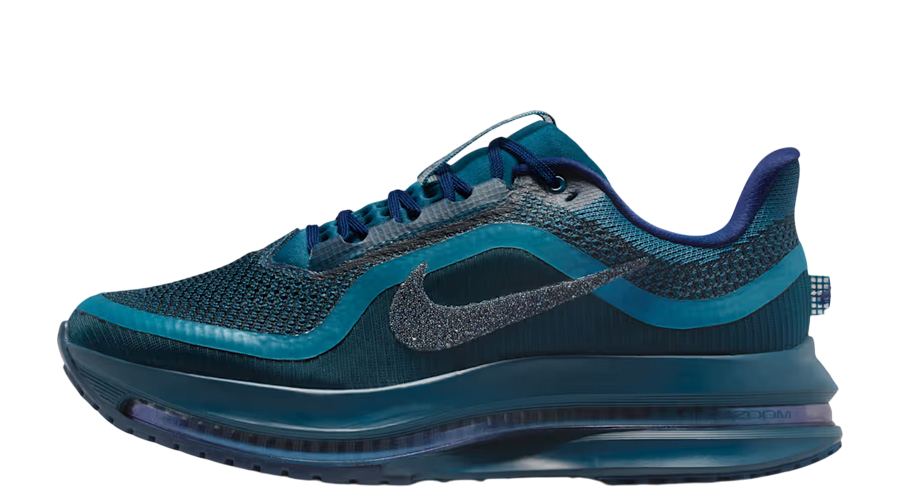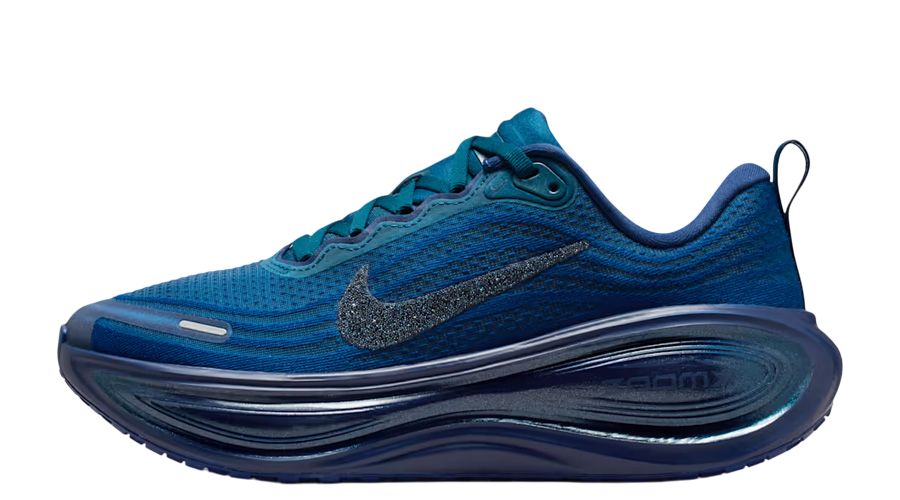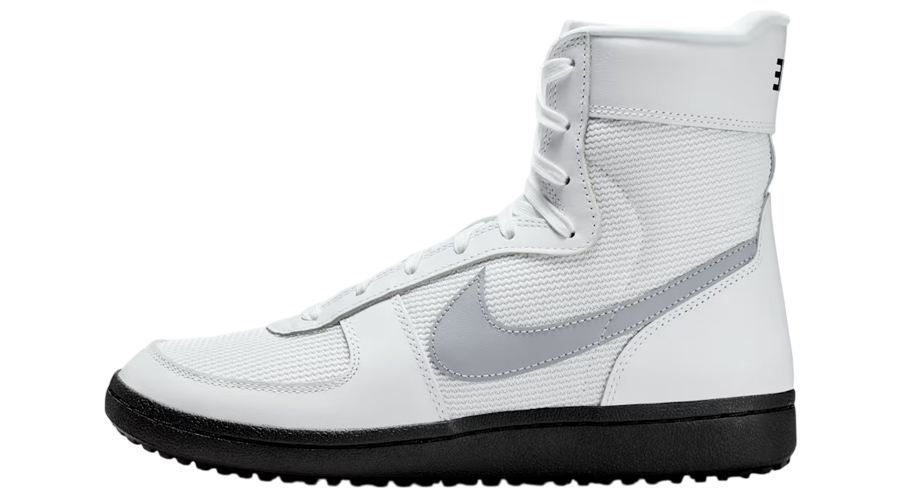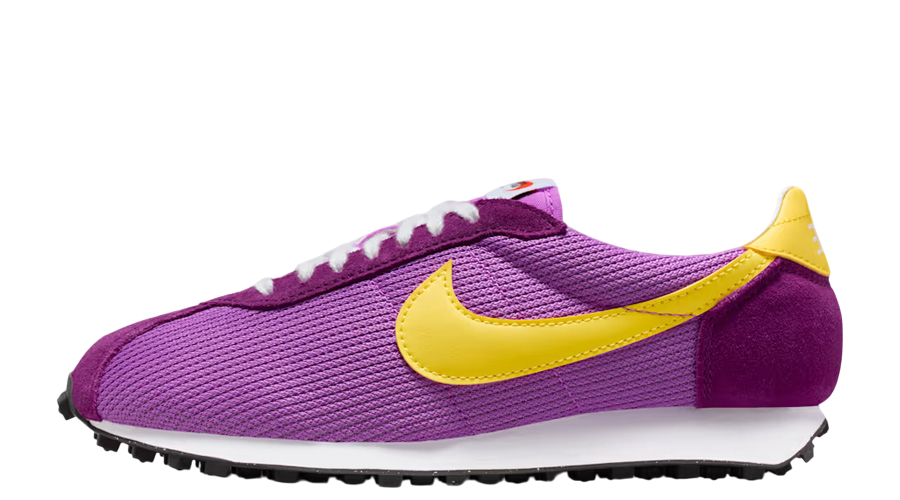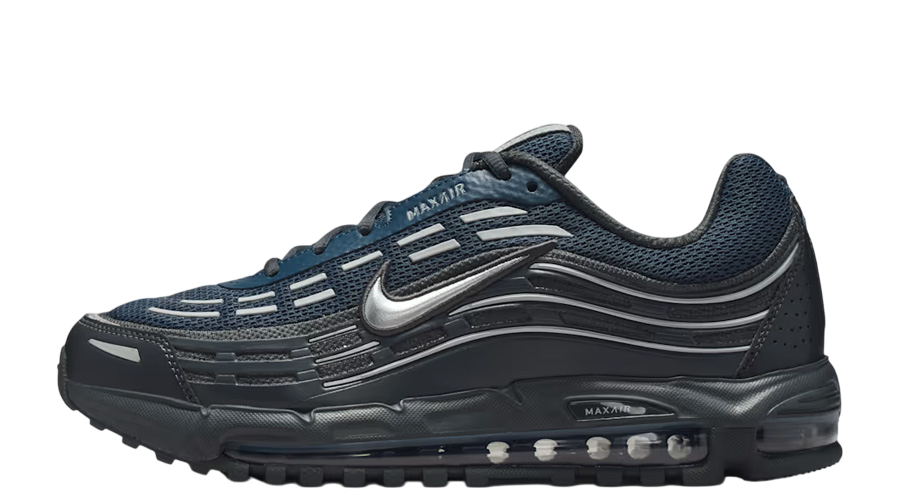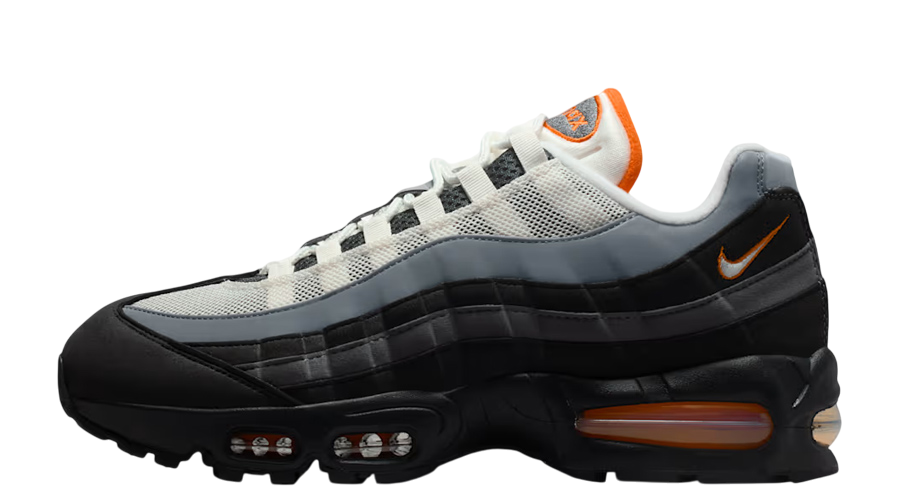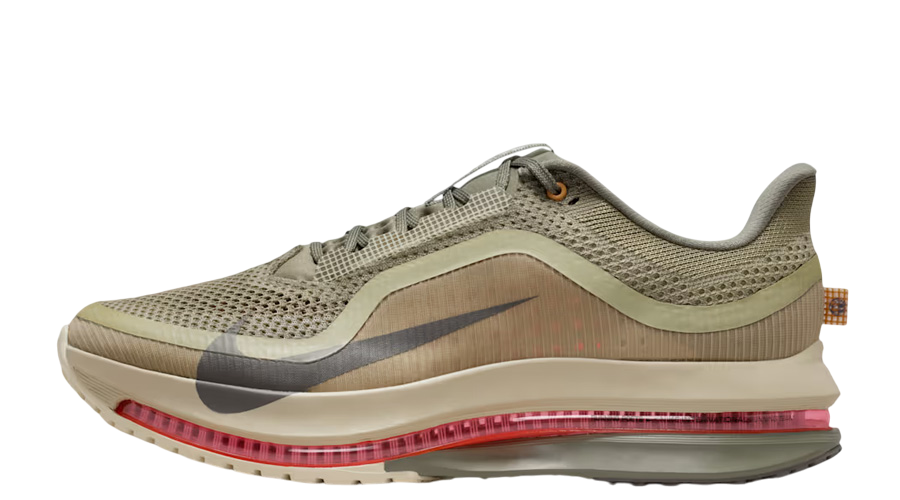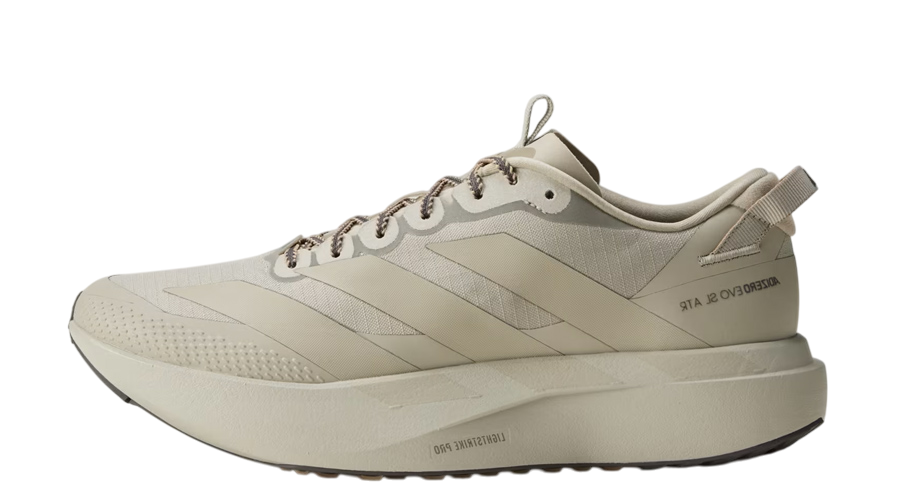How to Clean Nike Flyknit the Proper Way
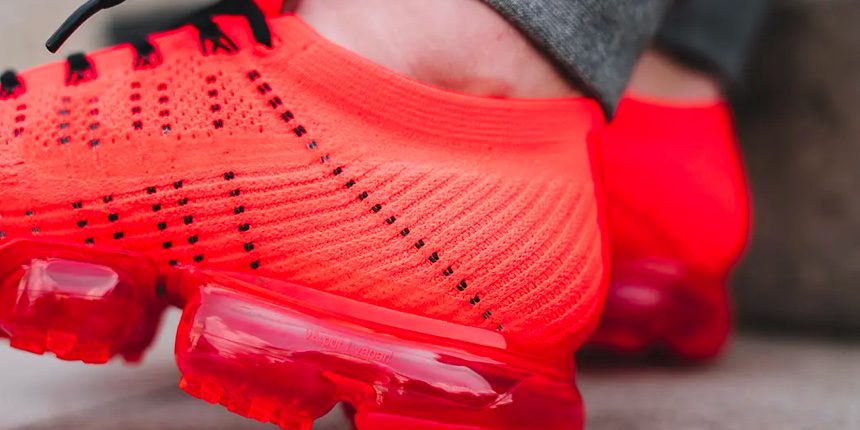
From the spirited hardcourts of basketball arenas to the bustling asphalt of city streets, trainers have woven themselves into the fabric of daily wear. Nike, the name that’s become a lexicon in sports and style, has continuously set the benchmark high. And with their revolutionary Flyknit technology, they’ve sculpted a new epoch in the annals of footwear design. Light as a feather, supremely form-fitting, and with a nod towards sustainability, the Flyknit has been a revolutionary technology.
However, this masterpiece of design and comfort does come with its nuances. The unique construction of Nike’s Flyknit presents a different set of challenges when it comes to care and maintenance. Delve into the world of Flyknit and equip yourself with the knowledge to keep your pair looking as pristine as the day you first set eyes on them.
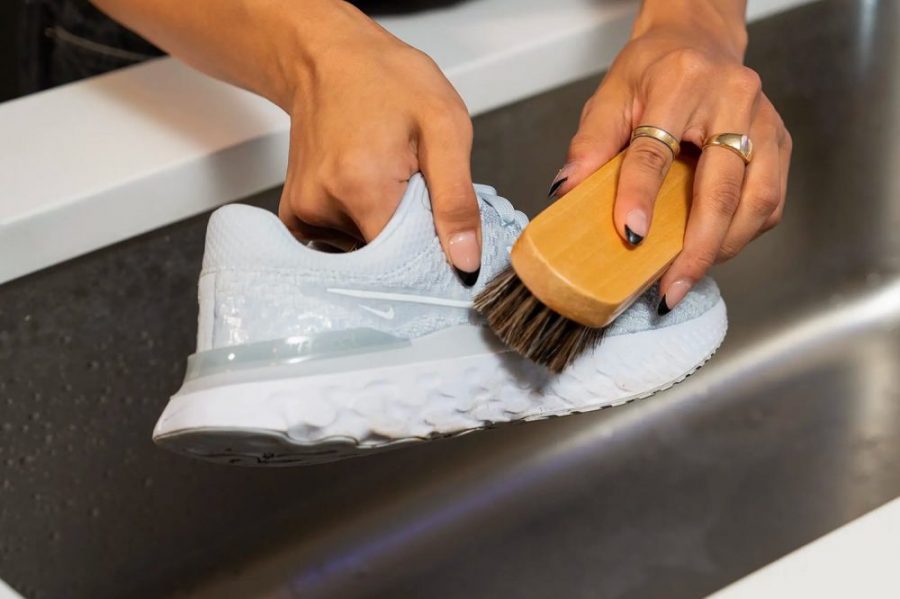
What is Nike Flyknit?
Launched in 2012, Flyknit isn’t just a material; it’s a revolution. Nike’s dedicated team, after years of relentless research, bestowed upon the world a fabric constructed through intricate knitting techniques. What does this entail? A shoe upper birthed from yarns and fabrics meticulously placed to create an ethereal lightweight experience, akin to wearing nothing but a breeze.
The marvel of Flyknit isn’t restricted to its feathery touch. Sustainability stands at its core. The structure of each shoe, sculpted from single-threaded material, ushers in an era where waste is minimised, and environmental consciousness is embraced.
The magic lies in the details. Every thread, every weave in a Flyknit sneaker, sings a tale of purpose. It’s this tapestry of design that gifts the wearer flexibility at the forefront and an embrace at the heel. When one adorns a Flyknit, it isn’t just footwear; it’s a symphony of engineering, harmonising peak performance with unparalleled comfort.
The Flyknit charm, initially the darling of the running world, now pirouettes across various disciplines. Whether it’s the fierce game of basketball, the rhythm of football, or the casual saunter down a boulevard, Flyknit’s presence is undeniable.
What Do I Need to Clean Nike Flyknit Sneakers?
Maintenance, they say, is the bridge between love at first sight and an everlasting romance. And when it’s a piece of art like the Flyknit, having the right arsenal for its care is paramount. Traditional cleaning methods, ones you might employ for sturdy leather or canvas, need a rethink when Flyknit enters the picture.
Essential Flyknit Cleaning Materials:
Soft Bristle Brush: Initiate your cleaning ritual by gently dislodging dry dirt. The soft bristles ensure the fabric’s integrity remains unscathed.
Mild Soap or Specialised Sneaker Cleaner: The Flyknit deserves tender care. Avoid harsh chemicals and opt for gentle detergents, or better yet, solutions crafted specifically for trainers.
Microfibre Cloth: An ally for those little skirmishes; spot cleaning. And once you’re done with the wash, it’s perfect for a gentle wipe down.
Lukewarm Water: Mix your cleaning solution here, ensuring the temperature is just right – not too cold, not too hot.
Soft Towel: Once your pair emerges fresh from their cleaning, this is your go-to to delicately dab away lingering moisture.
Mesh Laundry Bag (optional): For those who lean towards machine wash, this protective bag ensures your Flyknits remain shielded.
White Paper or Shoe Trees: Post wash, these tools are essential in ensuring your shoes retain their coveted shape as they embark on the drying journey.
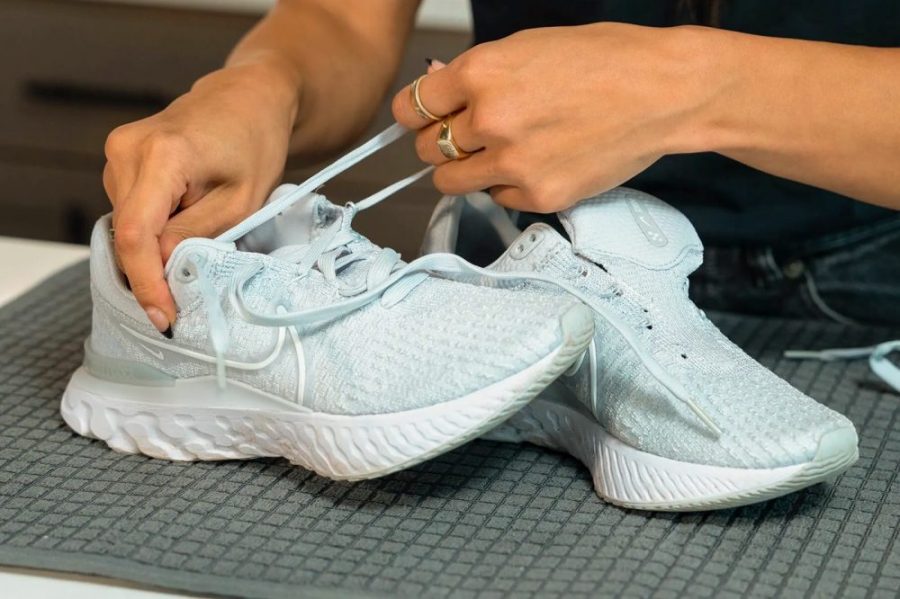
Spot Cleaning vs. Deep Cleaning
Not all stains are born equal; some are mere trespassers, while others dig their heels deep. Understanding the difference between spot cleaning and deep cleaning is not merely academic; it’s essential to preserving the longevity of your Flyknits.
Spot cleaning, the less intrusive of the two, is your go-to for everyday dirt and minor mishaps. It involves targeted action — usually with a microfibre cloth or a soft bristle brush — concentrated on specific problem areas. Think of it as the routine check-up you’d have with a doctor, aimed at keeping you ticking rather than solving critical issues.
Deep cleaning is the specialist consultation for those persistent, hard-to-remove blemishes. It’s the whole shebang: a soak, scrub, and soap session that reaches every fibre of your Flyknits. Before embarking on this, it’s imperative to understand that deep cleaning should be the road less travelled — a last resort, as frequent deep cleaning can strain the delicate fabric.
How to Clean Nike Flyknit
You’ve assembled your cleaning arsenal; now, let’s put it to work. The goal is to be thorough yet gentle, extending the lifespan of your sneakers while retaining their innate charm.
- Remove the Laces: Start by unlacing your Flyknits. This grants you unencumbered access to the shoe’s entirety. The laces can be cleaned separately using mild soap.
- Dry Brush: With your soft bristle brush, eliminate loose dirt from the shoe’s surface. This prepares the ground for the soap solution to perform its magic.
- Prepare the Solution: In a bowl of lukewarm water, mix a few drops of your chosen mild soap or specialised sneaker cleaner. A tablespoon should suffice.
- Gentle Scrub: Dip your soft bristle brush into the solution and then gently scrub your Flyknits. Pay special attention to areas with stubborn stains.
- Rinse and Repeat: After scrubbing, use a clean cloth dipped in plain water to rinse off the soap. If stains persist, consider a second round of scrubbing.
- Wipe Down: With your microfibre cloth, wipe down your freshly scrubbed Flyknits. Make sure you reach the nooks and crannies, leaving no residue behind.
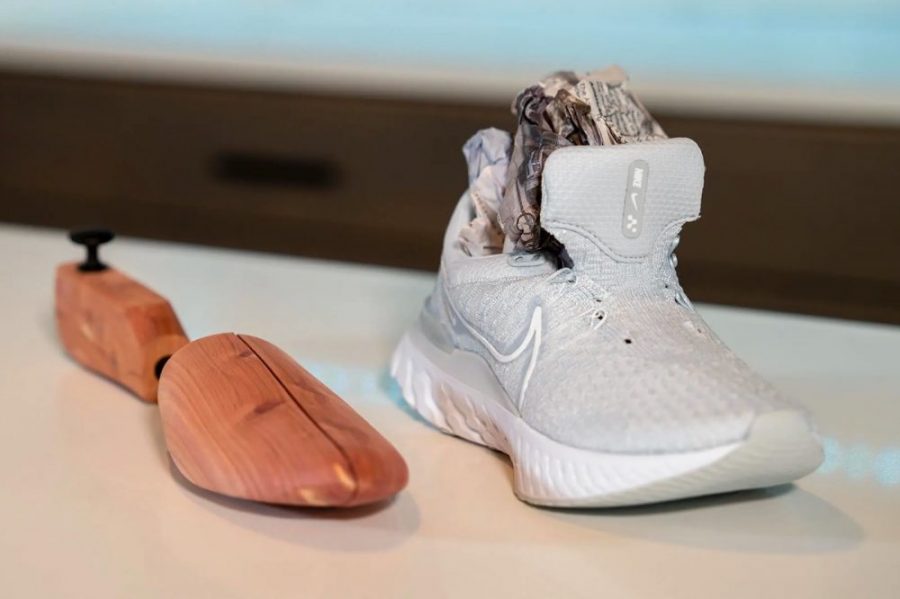
How Do I Properly Dry Nike Flyknit?
You’ve sailed through the cleaning; now, you’ve arrived at the pivotal point of drying. The method you adopt can make or break the integrity of your Flyknits. The default should always be air drying. Place them in a well-ventilated area, away from direct sunlight and heat sources, which could distort their shape or fade their colour.
For those in a hurry, machine drying is not recommended. If you’re insistent, however, use the lowest heat setting and place them inside a mesh laundry bag for protection.
To maintain the structure of your shoes during the drying process, insert shoe trees or stuff them with white paper. It’s worth noting that stuffing too tightly can distort the shape, so find a happy medium.
There’s one other unsung hero in the drying process — a soft towel. After you’ve initially air-dried your Flyknits, you can wrap them in a soft towel to soak up any residual moisture, giving them a final air-dry before their next adventure.
Storage Tips
When it comes to ensuring the longevity of your prized Flyknit sneakers, storage isn’t just an afterthought — it’s paramount. How you store them can be the difference between them lasting a season or several years.
One of the biggest adversaries of shoes isn’t just dirt or stains; it’s also moisture. After wearing your Flyknits for the day, it’s crucial to let them breathe. Allowing them to air out helps to dispel any internal moisture which could lead to mould growth or unpleasant odours.
Considering investing in shoe bags or individual clear storage boxes is also worthwhile. Not only do these protect your sneakers from external elements, but they also prevent colours from other shoes bleeding into your Flyknits. If you lean towards storage boxes, ensure they are well-ventilated. The last thing you want is to trap your treasured sneakers in a dank environment.
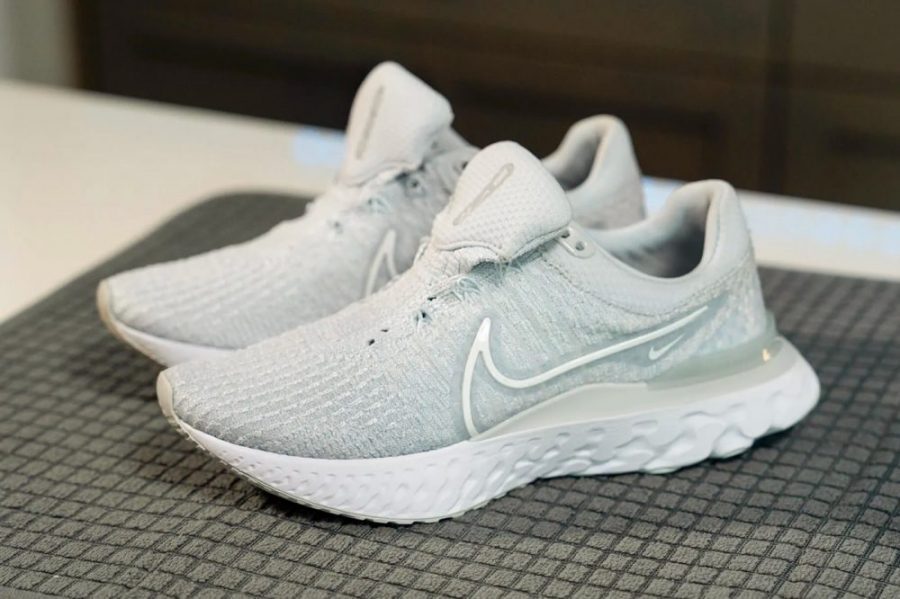
How Can I Address Regular Everyday Stains?
Even the most cautious among us can’t always prevent a dreaded spill or step in something unsightly. But don’t despair; most everyday stains have a solution.
Coffee or tea spills on your Flyknits can be annoying. But a quick action can save the day. Gently blotting (not rubbing) the stain with a mixture of mild detergent and water can mitigate the damage. For a more thorough cleaning, you might consider submerging the stained area in the solution and gently brushing it.
Ink stains, the nemesis of any clothing or footwear, can be a bit more stubborn. However, a dab of rubbing alcohol on the affected area can work wonders. Be patient and persistent. Sometimes it might take a few tries, but it’s often worth the effort.
Mud and grass are nature’s gifts that keep on giving, especially where shoes are concerned. The key here is to let mud dry first, then brush it off. For any remaining stain, use a cloth dipped in a vinegar-water solution.
The Bottom Line
Flyknit technology has transformed our perception of athletic footwear, making it evident that both functionality and aesthetics can coexist harmoniously. A symbol of innovation, Nike’s Flyknit sneakers have become more than just sportswear; they’ve become a fashion statement and a testament to how dedicated craftsmanship can result in something truly remarkable. And as with any prized possession, ensuring they last requires effort and diligence. With the right care regimen and practices, your Flyknits will not only look impeccable but will also stand the test of time.
It’s essential to understand that the heart of preserving any item’s beauty and function lies in its regular maintenance and care. Whether it’s a car, a timepiece, or your Flyknits, treating them with respect and following the right guidelines ensures longevity. With your newfound knowledge, your Nike Flyknits will always be in their prime, accompanying you on countless adventures. What are you waiting for? Cop your Nike Flyknits now!
Frequently Asked Questions
Can I machine wash my Flyknits?
It’s best to avoid machine washing as it can be abrasive. Hand washing with a gentle detergent is recommended for preserving the shoe’s structure and appearance.
How often should I clean my Flyknits?
For light cleaning, like removing dust, as often as after each wear is good. For deeper cleans, do so when you notice significant dirt or at least once a month, depending on use.
Do Flyknits stretch over time?
Flyknit material does have a degree of flexibility, but if cared for correctly, they will retain their shape for an extended period.
Is it okay to sun-dry my Flyknits?
Direct exposure to sunlight can fade the colour. It’s better to air dry in a cool, shaded area.
Can I use regular soap for cleaning?
Opt for a mild detergent or a cleaner designed for athletic shoes to ensure the fabric’s longevity and vibrant colour.
